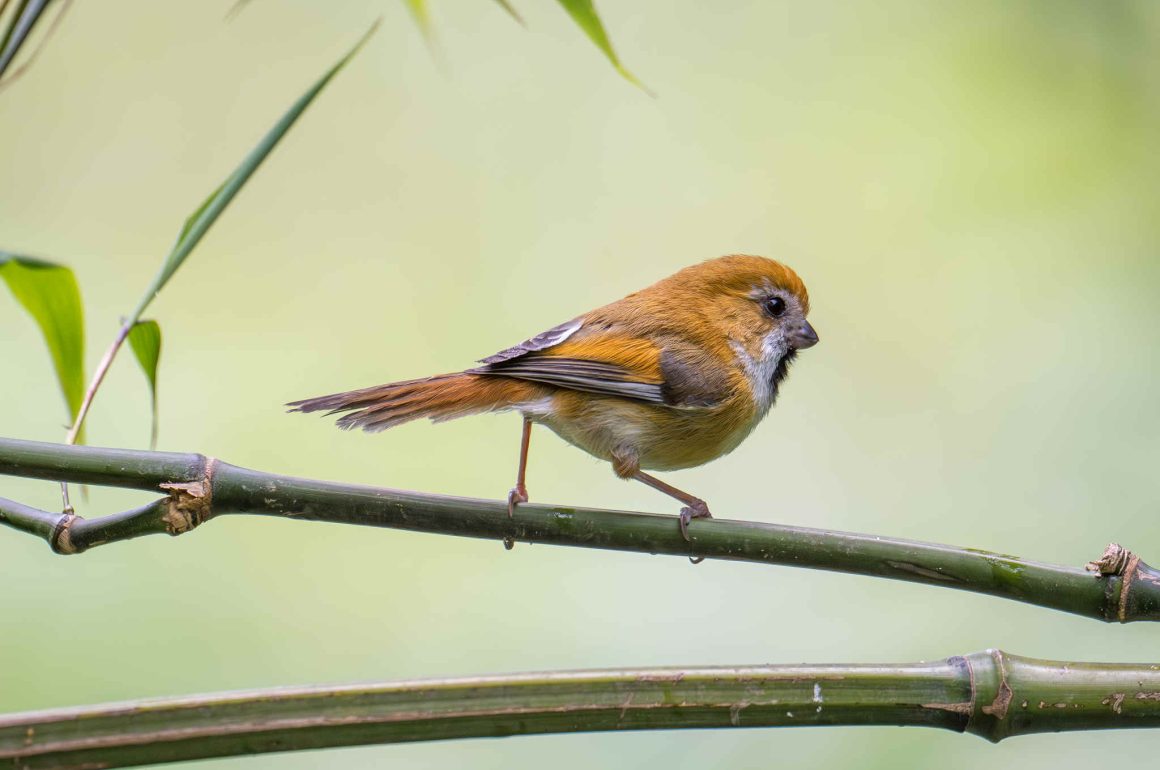
After having birded Yibin in early 2023, I was back in late May of 2025. I had only heard the rare Sichuan Partridge the last time. This time, it was marginally better – but the kind of foggy image I got would normally be deleted right away. I guess I just haven’t earned it yet (note reference to the Smiths song – “you must suffer and cry for a longer time”, presumably in Yibin hides).
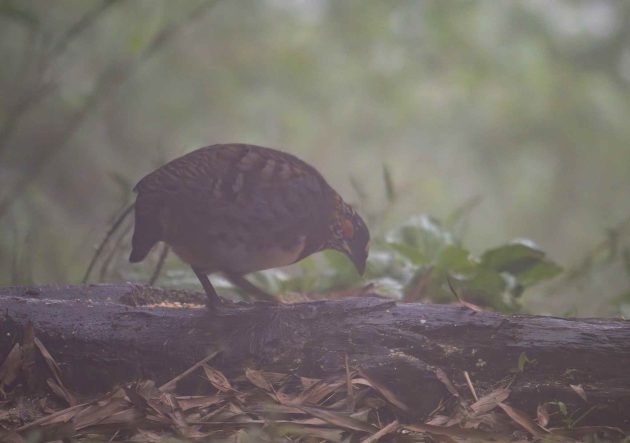
The same foggy morning also got me some substandard photos of the Silver Pheasant – though if you are of a more positive mindset than me, you might just comfort yourself by calling them “atmospheric”.
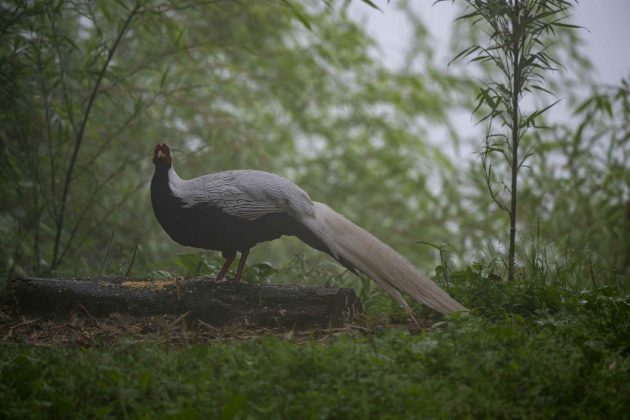
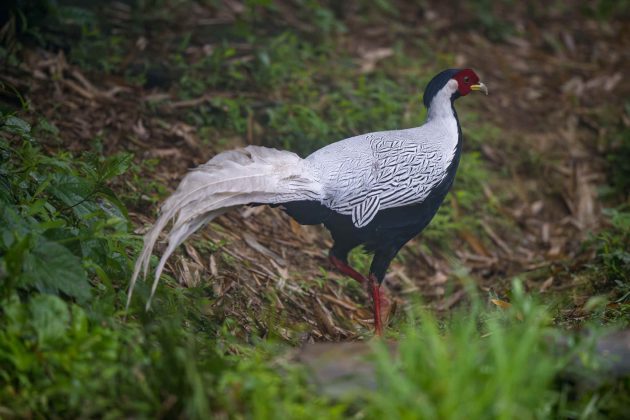
The bad light also made the Chinese Bamboo Partridge look like it needed a holiday on some sunny beaches.
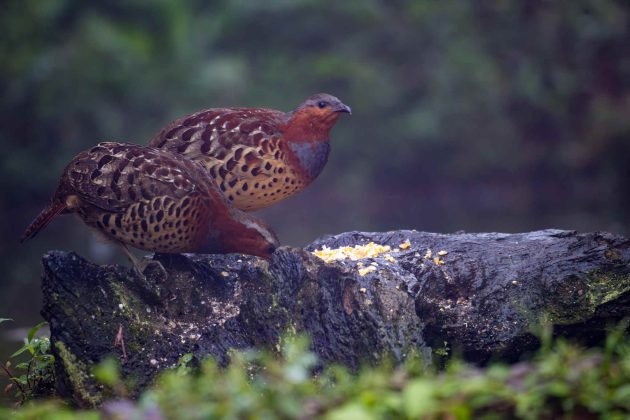
As the weather turned from bad to worse, the local hide owner came up with a statement that by now is quite familiar to me – “the weather was fine the last few days before today”. As the kind and caring person I sometimes pretend to be, I did not immediately kill him for saying this.
Fortunately, the afternoon before was a bit more successful. Not so much because of two very common birds in Sichuan, the Brown-breasted Bulbul …
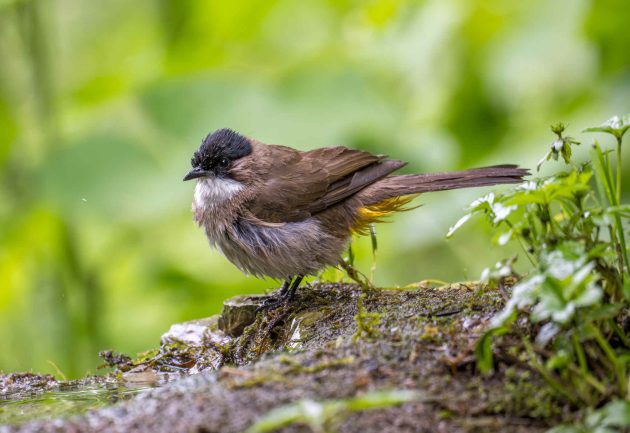
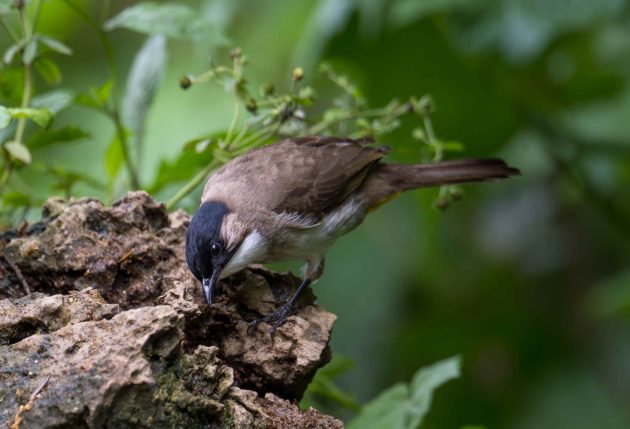
… and the White-browed Laughingthrush.
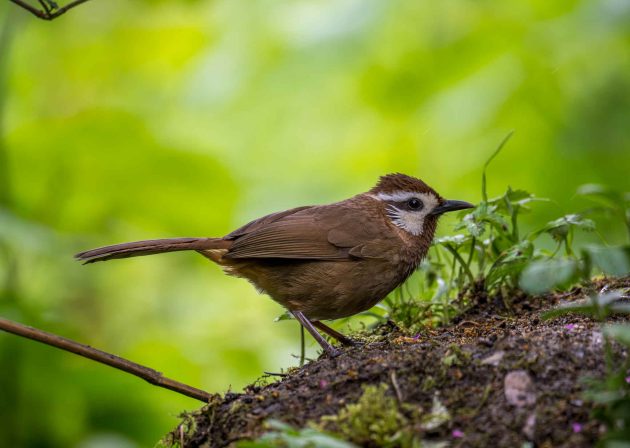
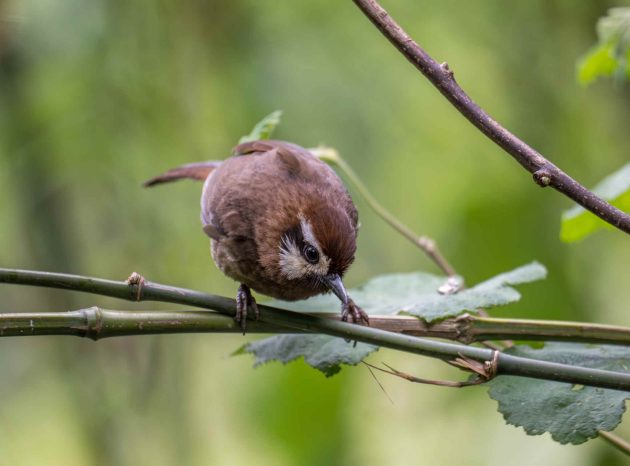
Maybe for the stern-looking Chinese Babax, another laughingthrush, but already a bit more interesting.
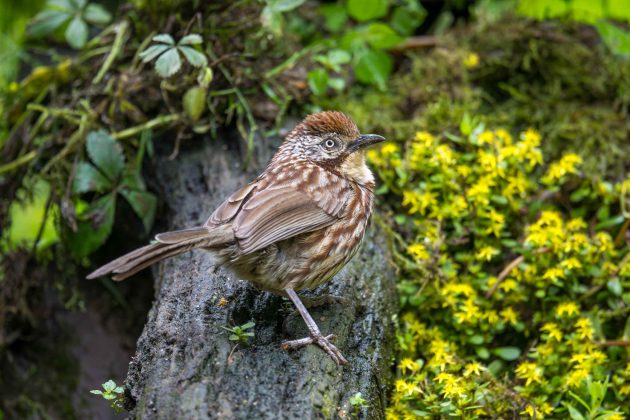
I find almost all species of monkeys ugly, my uncanny valley probably being broader than that of others. This aversion includes the golden snub-nosed monkey. I am pretty sure it is shared by the Chinese Babax, given that a paper describes a female monkey killing three babax chicks by biting off their heads and feeding on them (source).
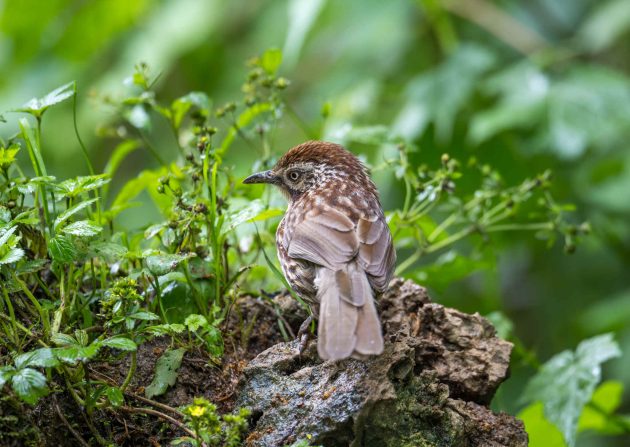
The monkeys even seem to see this predation as a kind of spectator sport: “Multiple individuals, most were female juveniles, were involved in watching the process of predation and actively explored the inside of the nest”. Hmmm.
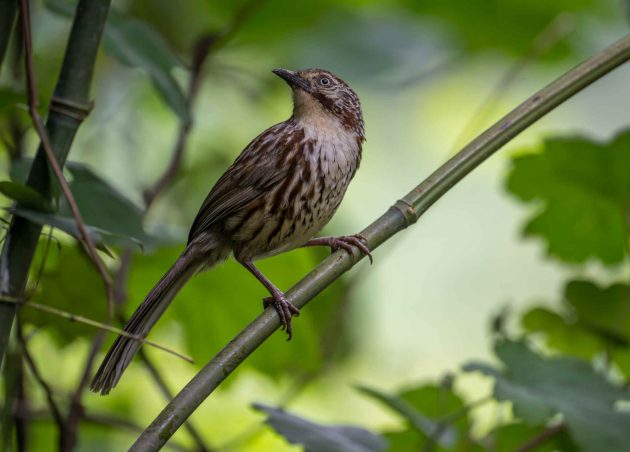
An even more interesting laughingthrush is the Red-winged Laughingthrush, a shy species with a fairly limited range.
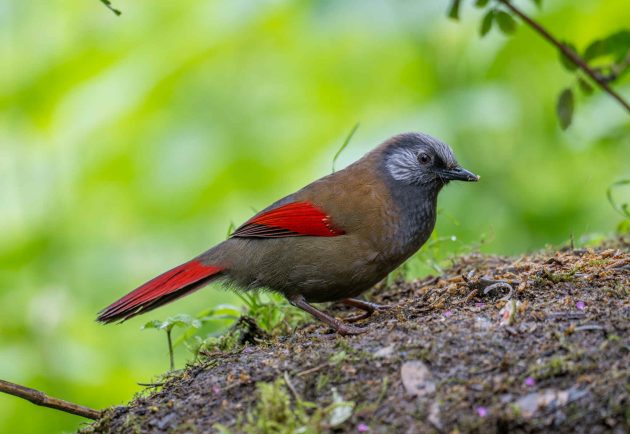
Its scientific name, Trochalopteron formosum, correctly implies that it is beautiful (formosus), but at least to me also sounds a bit like a sinister subsidiary of a private equity fund specializing in companies in the military-industrial complex (Trochalopteron).
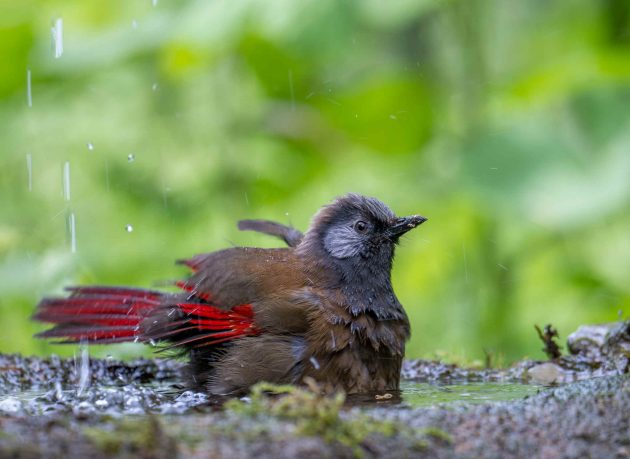
While eBird and the HBW are both associated with Cornell University, their description of the species could not be more different. eBird talks of a “striking large laughingthrush” while HBW goes for the much less appealing “fairly large, dull rufous-brown laughingthrush”.
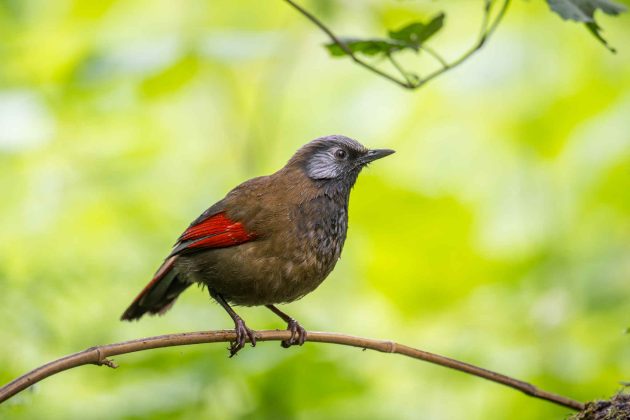
The Emei Shan Liocichla is in the same family as the laughingthrushes, Leiothrichidae, and presumably one of these “allies” of laughingthrushes in the family. I still find the term allies a bit puzzling, having read too much on military history and wondering whether, in a war among the bird families, the liocichla would automatically fight on the side of the laughingthrushes.
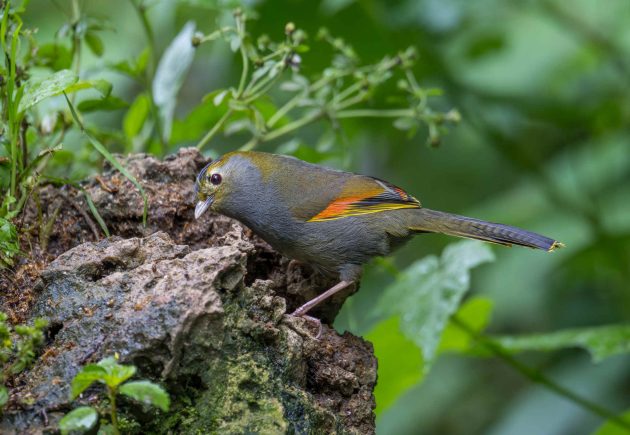
It is listed as Vulnerable as the species is highly localized within a small range (HBW).
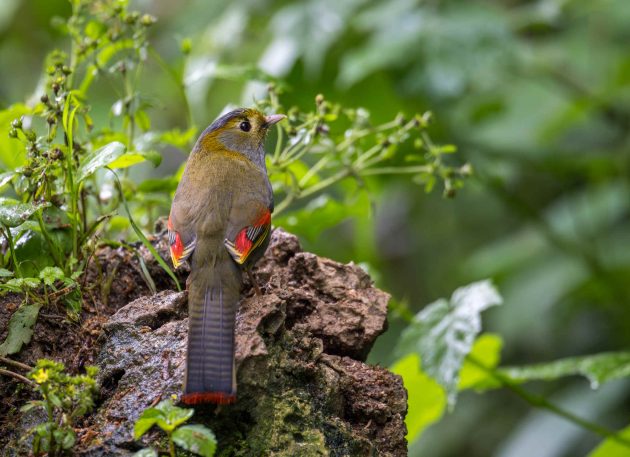
As is often among birds, the males are more colorful …
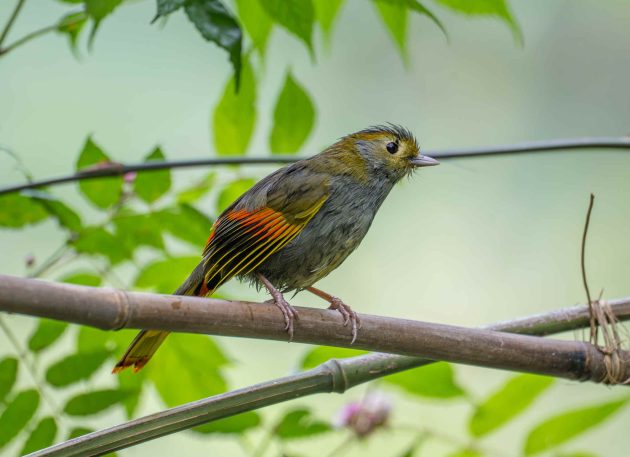
… though some claim that the females have a more beautiful soul.
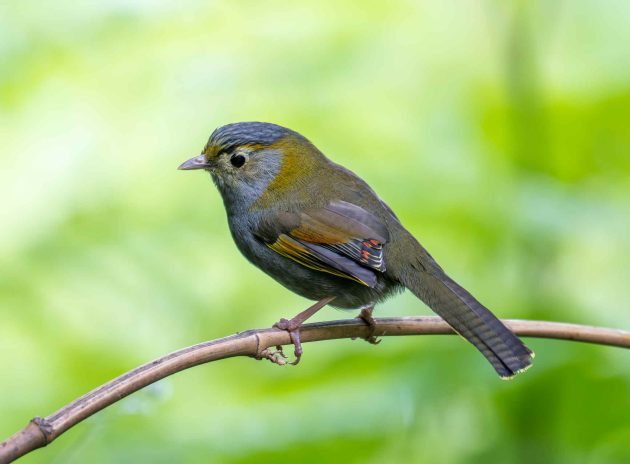
The Red-billed Leiothrix is also in the family, though much more common.
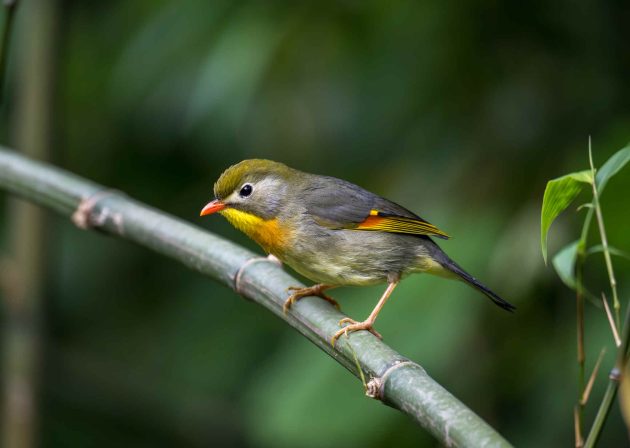
The HBW entry starts with what apparently the HBW writers think is the most important aspect of the species: “Known in the cage bird trade as the Japanese Hill-Robin, Peking Robin, or Peking Nightingale, the Red-billed Leiothrix was first imported into the Hawaiian Islands in 1911, with intentional releases to the wild occurring after 1918.” The application of “America First” thinking to ornithological science.
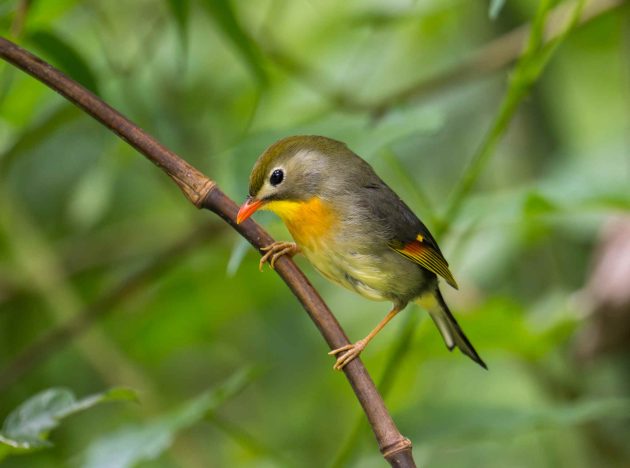
I guess we should be grateful that all three authors of the entry have links to Hawaii rather than to a specific zoo somewhere in the US, though in that case, we could probably learn a lot about the Red-billed Leiothrix in captivity.
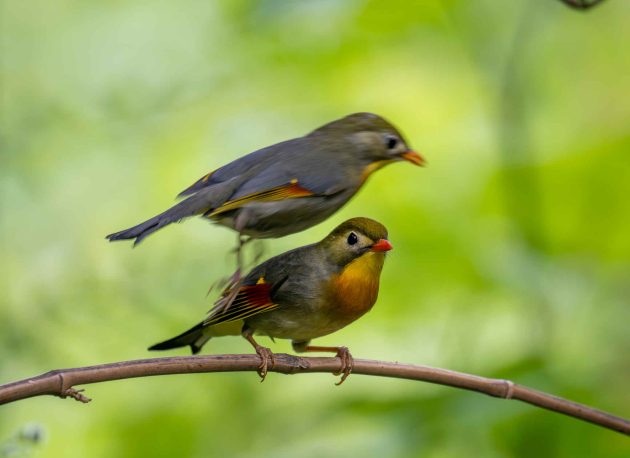
Several other papers on the species focus on its role and advantages as an invasive species in Europe …
- The spread of the red-billed leiothrix (Leiothrix lutea) in Europe: The conquest by an overlooked invader?
- The Red?billed Leiothrix (Leiothrix lutea): a new invasive species for Britain?
- Modelling the potential spread of the Red–billed Leiothrix Leiothrix lutea in Italy
- Competitive advantages of the red–billed leiothrix (Leiothrix lutea) invading a passerine community in Europe
- A new exotic bird in Europe: recent spread and potential range of Red?billed Leiothrix Leiothrix lutea in Catalonia (northeast Iberian Peninsula)
- Behavioural dominance of the invasive red–billed leiothrix (Leiothrix lutea) over European native passerine-birds in a feeding context
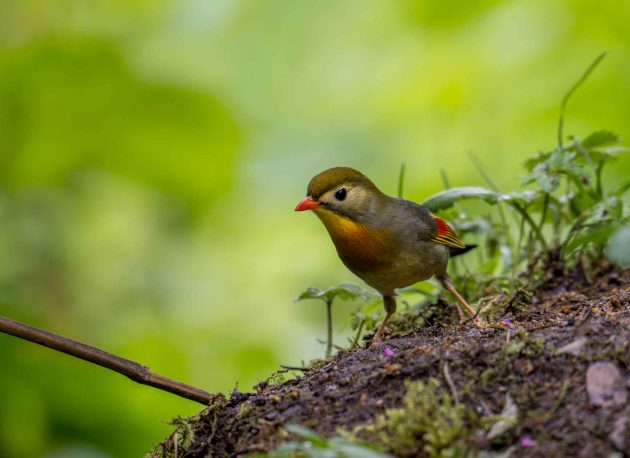
…and elsewhere …
- Foraging niches of introduced Red–billed Leiothrix and native species in Japan
- Population increase of the Red–billed Leiothrix Leiothrix lutea in the Massif Tsukuba
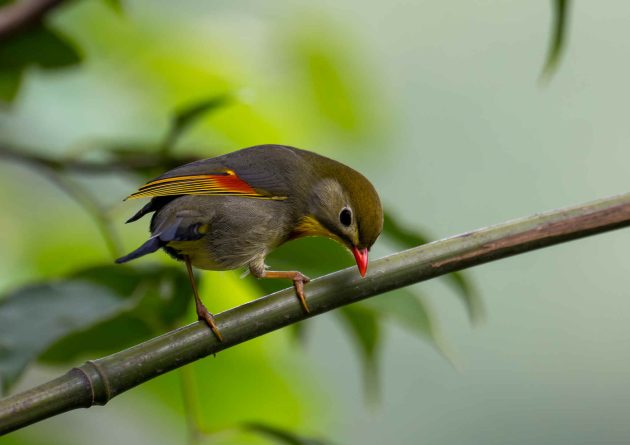
… going as far as the introduced Red-billed Leiothrix becoming the host species of Oriental Cuckoos (source). I guess becoming a cuckoo host species is a sign you have finally arrived at a location.
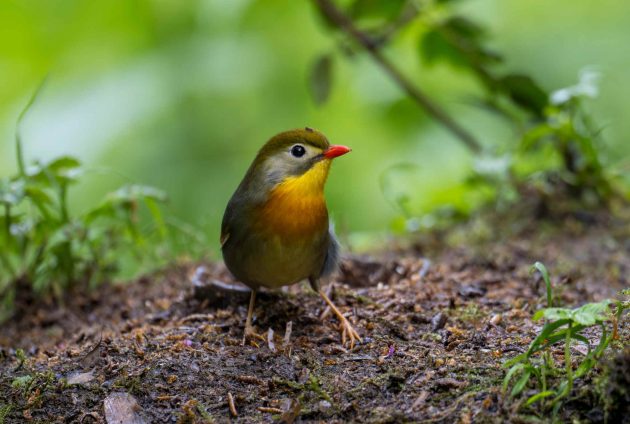
You can tell that ornithologists are not interested in a bird species when all papers on it that one can find on Google Research have titles such as Influence of foraging guild on heterospecific preference of association in mixed-species bird flocks, Composition of mixed species flocks and shifts in foraging location of flocking species on Hainan Island, China, or Bird community comparisons of four plantations and conservation concerns in South China.
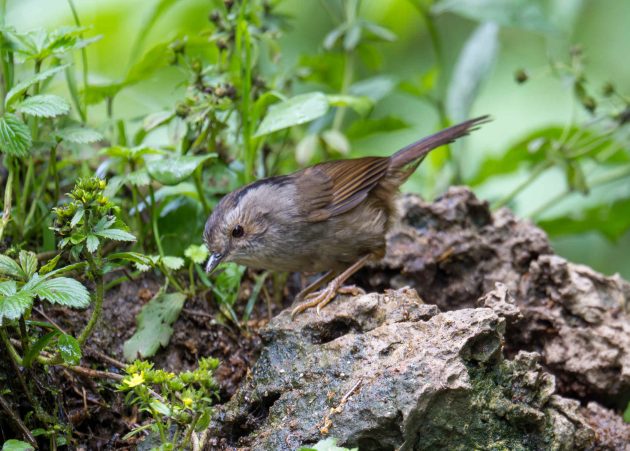
In other words, papers on multiple species rather than focusing on an individual one. This is the tragic fate of the Dusky Fulvetta.
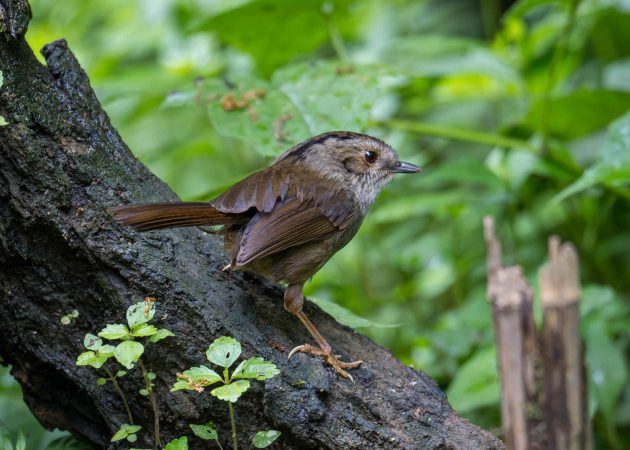
And who can blame the scientists? The word “dusky” apparently is seen as a synonym for “boring” – and who would want to waste one’s research on such a species? Plus, it might make getting grants difficult.
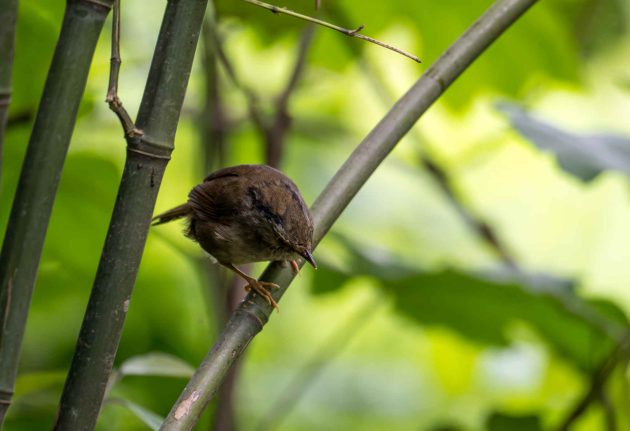
Though I think if Dusky Fulvettas established a presence in Hawaii – preferably on a university campus – things might change.
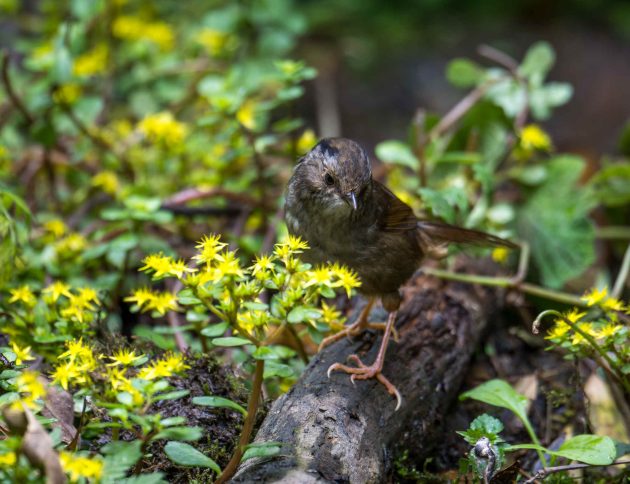
The common name of the Golden-breasted Fulvetta seems reasonable, …
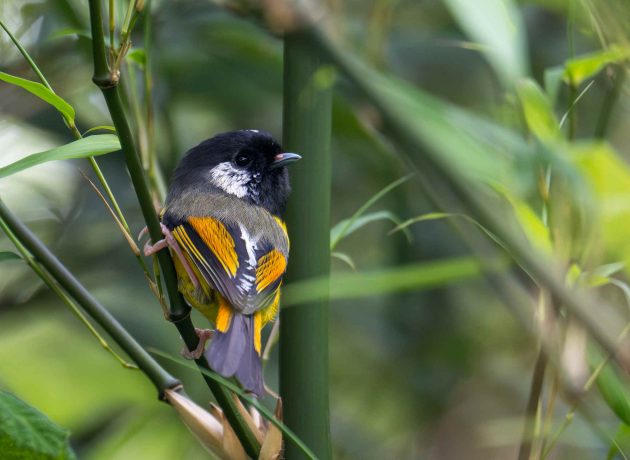
… the scientific name Lioparus chrysotis (indicating that the bird is “golden-eared”) is not.
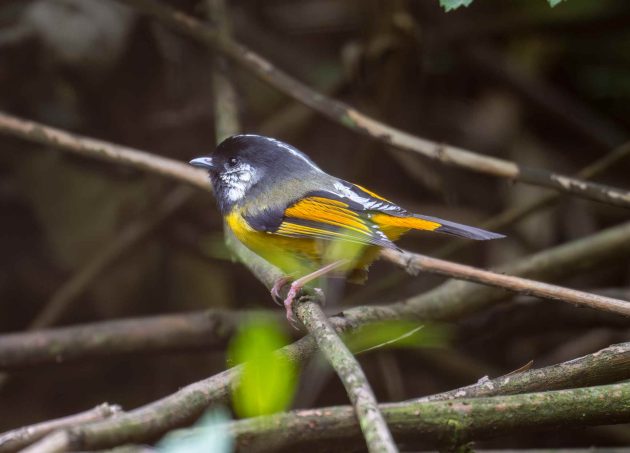
The Golden-breasted Fulvetta is also – as I am sure you will be excited to learn – the host of a newly discovered species of feather mites (Anhemialges lioparus).
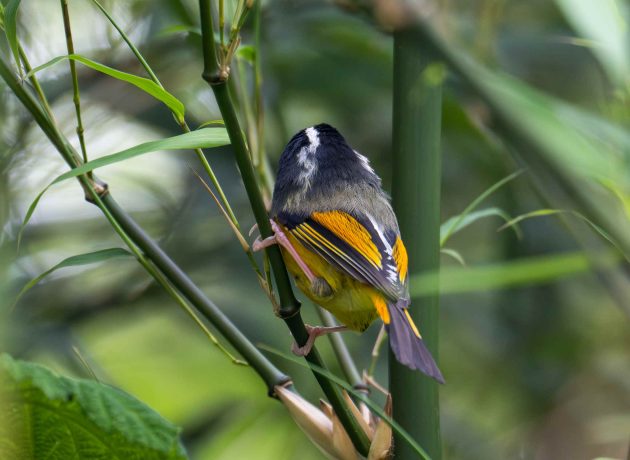
Staying with golden (well, really, yellow) birds brings us to the Golden Parrotbill.
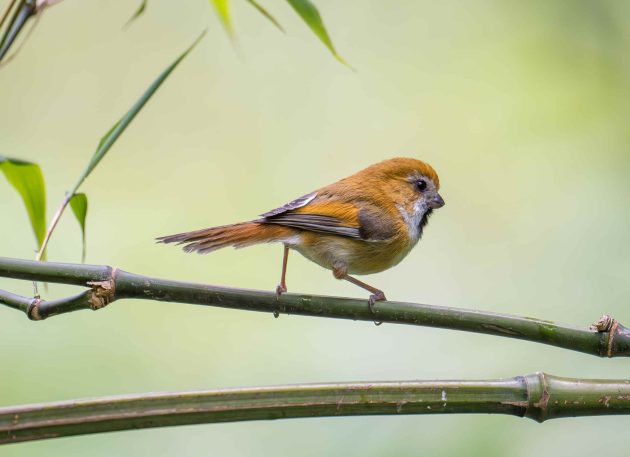
Its common name is much easier to pronounce than its scientific one, Suthora verreauxi, which commemorates Jules Pierre Verreaux (1807 – 1873).
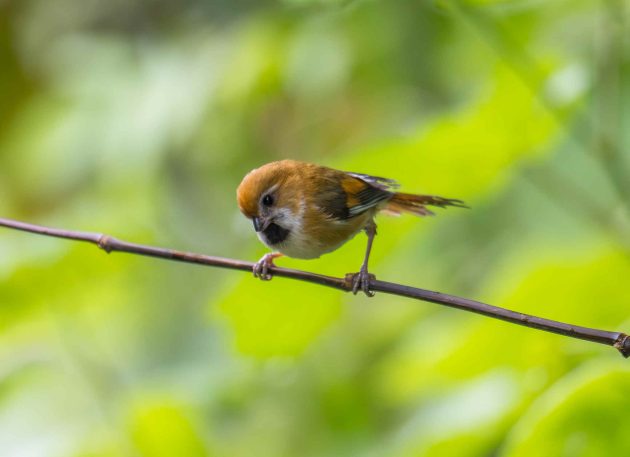
It should not. It seems he had no scruples whatsoever to get specimens, and not just of birds. Here is a slightly abridged excerpt from his Wikipedia entry:
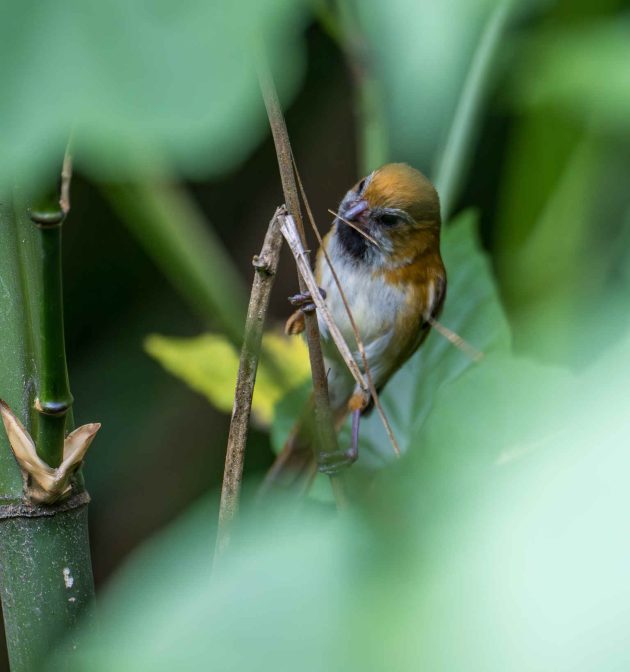
“In 1830, while travelling in modern-day Botswana, Verreaux witnessed the burial of a Tswana warrior. Verreaux returned to the burial site under cover of night to dig up the African’s body where he retrieved the skin, the skull and a few bones. Verreaux prepared and preserved the African warrior’s corpse by using metal wire as a spine, wooden boards as shoulder blades and newspaper as a stuffing material. Then he shipped the body to Paris along with a batch of stuffed animals in crates. In 1831, the African’s body appeared in a showroom at No. 3, Rue Saint Fiacre.”
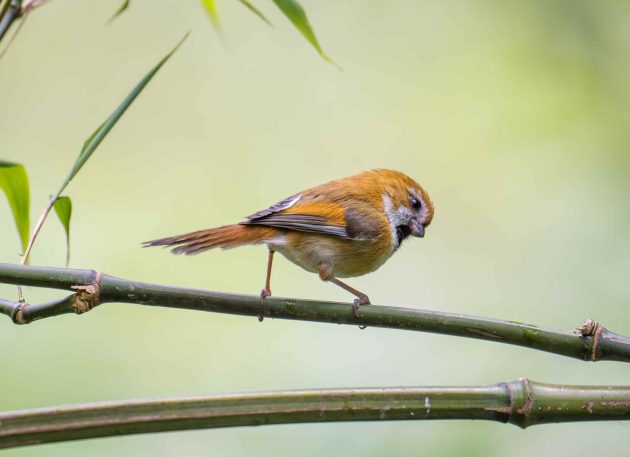
The color of the Rufous-capped Babbler is not all that different from the “golden” color of the two previous species – but somehow, it is now described as rufous.
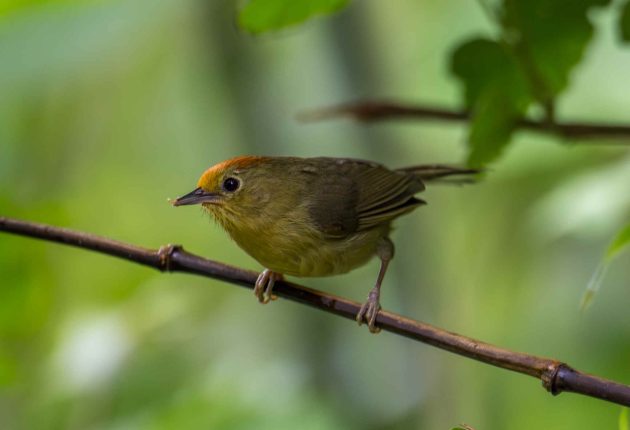
Depending on the altitude at which this babbler lives, the UV reflectance of its feathers differs, with highland birds having higher UV-reflectance and brightness than lowland birds (source).
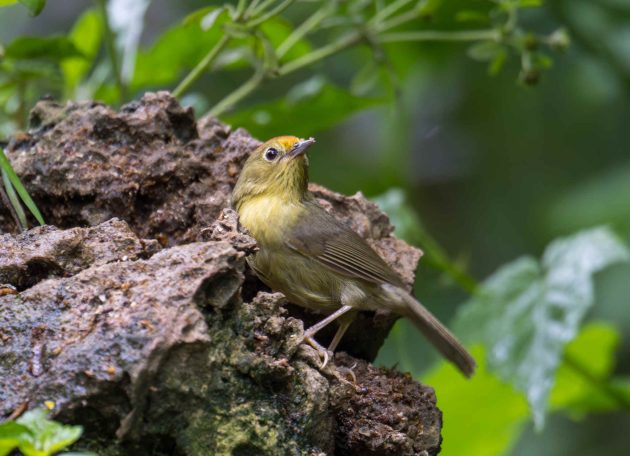
Sadly for the babbler, a paper on the importance of brain size for nest complexity gives the species low marks for intelligence. It shows a photo of a nest of the babbler with the comment “the domed nest of a Rufous-capped Babbler (Cyanoderma ruficeps) is simply built using dry leaves and lacks a complicated knit or lining, which makes its structure incompact and fragile.”
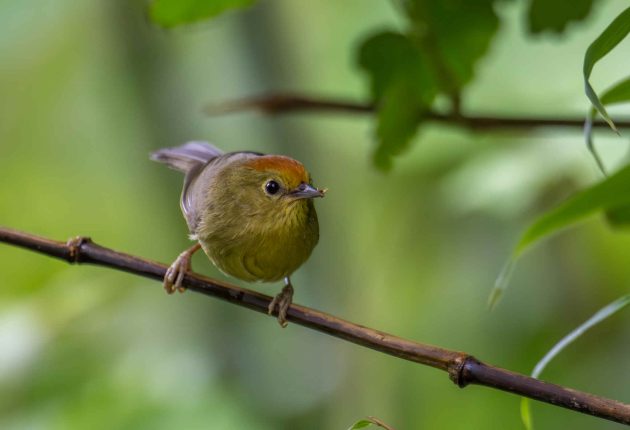
Finally, the afternoon in Yibin brought the Streak-breasted Scimitar Babbler, one of the 11 scimitar babblers in the genus Pomatorhinus. Except for the Slender-billed Scimitar Babbler, they all look pretty similar to me, though I would never dare to say that in the presence of a professional ornithologist.
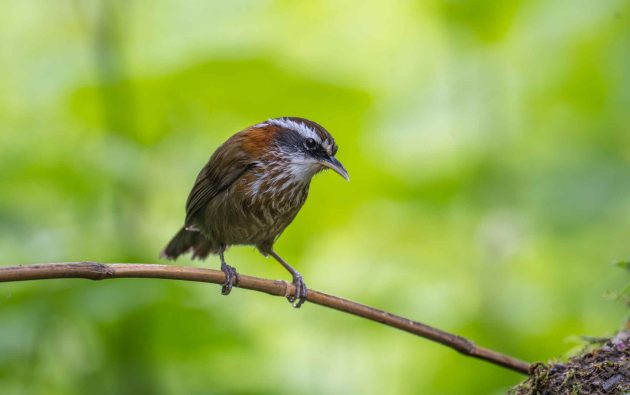
“Singing in the Rain” is not just a bad song. It is also something birds are unlikely to do. In one study, two species (Alstroem’s Warbler and the Brownish-flanked Bush Warbler) actually sang less during rainfall. Only the Streak-breasted Scimitar Babbler kept up its usual singing level (source).
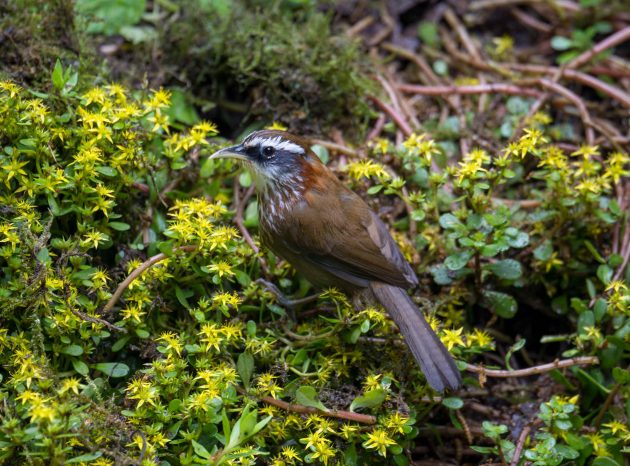
Maybe it also likes to sing while taking a bath.
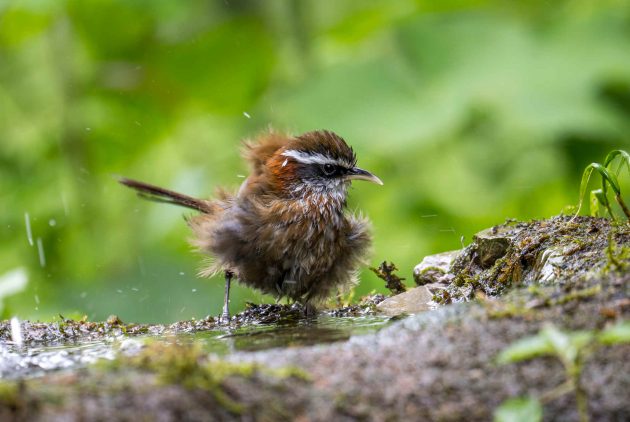




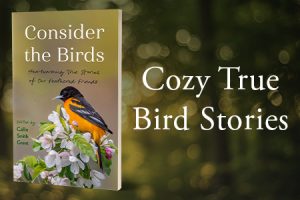

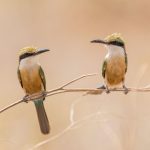
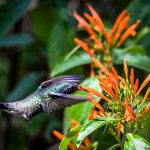
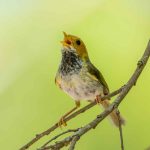




Leave a Comment